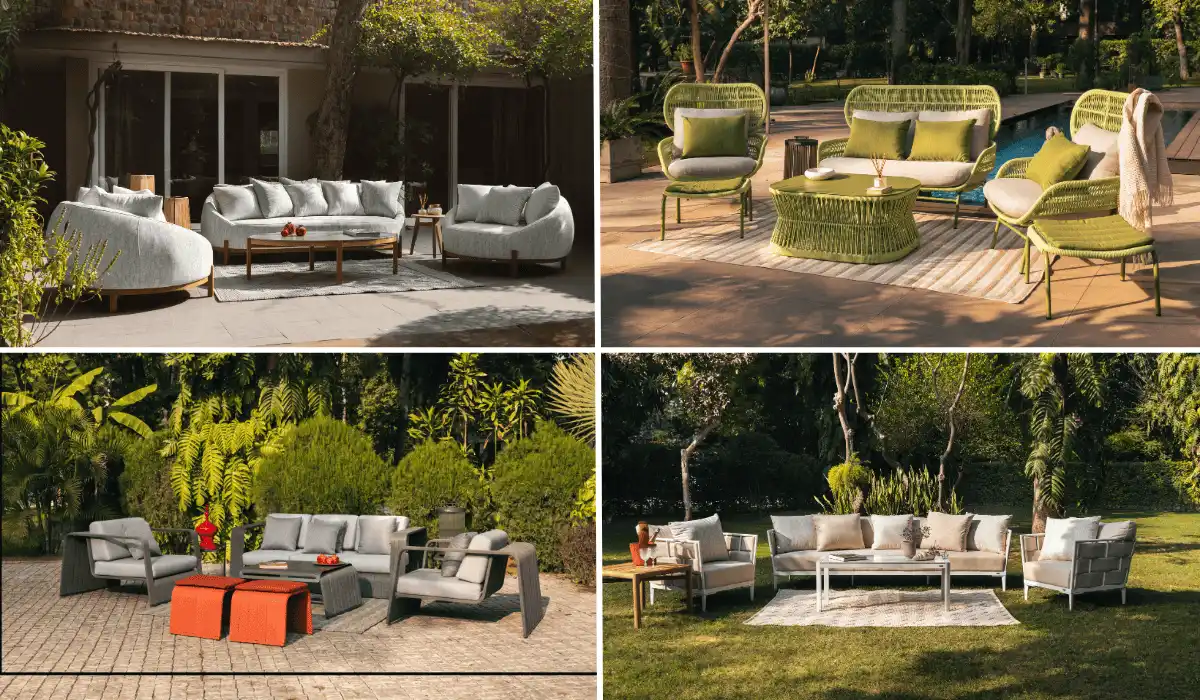Sustainability is emerging as an integral part of the contemporary world. Developing an environment-friendly approach to living is redefining all sectors of the economy. Research conducted by Forbes suggests that 77% of the global population is interested in learning how to live more sustainably.
This urge has spiked the use of natural resources and renewable energy to reduce the environmental impact of modern lifestyles. Environmental degradation and climate change have transitioned people to become responsible and conscious with their actions towards the environment.
What is Ecotourism?
The travel and tourism sector has witnessed the wave of sustainability in the form of “Ecotourism” which can be defined as a kind of tourism that is focused on enhancing and maintaining the natural ecosystem. Ecotourism aims to conserve the biological diversity and natural resources of a place, which formulates into a sustainable ecological travel experience for tourists. It helps in promoting small and medium-level tourism businesses in the areas having a rich ecology.
The term “ecotourism” was first coined by Hector Ceballos Lascurain – a Mexican environmentalist, in 1983. He used the term to describe nature-based travel to remote areas with the intention to seek knowledge. Ecotourism is a promising way for generating employment opportunities for the local people through the provision of recreational activities. It also acts as a medium for promoting local art, food, and culture.
The Correlation of Architecture and Ecotourism

The concept of ecotourism influences hospitality architecture and is intertwined through its fundamentals of recreation. Hospitality building designs are an expression of natural surroundings through spatial design. Sustainable hotels, resorts, eco-villages, and lodges are examples of hospitality spaces inspired by ecotourism.
Sustainability is another common factor shared between architecture and ecotourism. Building construction activities negatively impact the environment because they propose a high demand for resources. This depletes the reserves of natural resources and increases the use of toxic materials, resulting in a high carbon footprint. Hence, designing buildings with sustainable elements helps in reducing their environmental impact. With the right understanding of materials and technology integration, sustainable architecture can also prove to be economical.
The use of natural building materials, passive cooling techniques, local construction skills, and renewable energy effectively help in creating building designs that aid the purpose of ecotourism. Other design elements such as biophilia, recyclable materials, conscious on-site waste management, and disposal help in creating highly sustainable designs. Such design considerations not only improve the building’s aesthetics, but also upgrade the quality of life of its users. They help in creating a comfortable and warm environment and allow the user to be one with nature.
Architecture that Supports Ecotourism

Today, many hotels and resorts are embracing ecotourism as an extension of sustainable architecture. Architects are planning spaces for nature appreciation, meditation, training, and skill-based workshops as a part of hospitality buildings, and thus, subliminally promoting the principles of ecotourism. Since hospitality buildings are planned for rejuvenation and recreation, they are located in picturesque settings around high-tourist density areas. Hence, many resorts or hotels also offer integrated hospitality services in the form of farm/ garden tours, hill climbing, and fort visits.
The Art Village in Karjat, (AVK) Maharashtra is an exquisite example of architecture that assists ecotourism. Designed by architect Kiran Vaghela and constructed by the artisan team from Hunnarshala, AVK is a one-of-its-kind resort in India.
The purpose of building this resort complex was to allow people to immerse themselves in art, architecture, and nature. It is spread across 60,702 sq. m. of farmland where tourists can interact with nature through animal care, observatory trails, and farming. The place is designed to stimulate creativity and encourage interaction. Art Village also promotes the concept of “healthy eating” where visitors can grow and cook fresh organic vegetables.

The inclination to sustainable living is also reflected in the site layout and planning of the resort. The cottages in Art Village are built with natural building materials using vernacular construction techniques. The materials include thatch, recycled wood, and clay tiles. All the rooms are lawn-facing, which provides a stellar view and natural ventilation throughout the space. The other spaces in AVK include a dining facility, workshop halls, courtyards, staff offices, and other necessary amenities.
On similar lines, the Hara House in Bikaner, Rajasthan is another fine example of ecotourism centred architecture. The place offers a simplistic, yet comforting environment, with accommodations planned in a dorm-style. The resort provides an extravagant slice of Rajasthan’s royal lifestyle and desert culture.

Hara House is India’s first “zero waste guest house” that is budget-friendly and also supports the local community through social development initiatives. The resort focuses on eliminating plastic waste from tourism by refusing to buy plastic-wrapped items. They aim to achieve 90% plastic diversion from landfills. Hara House visions to fully function on renewable energy by harnessing solar power through Rajasthan’s scorching heat.
Ecotourism is beyond being yet another travel trend. It is a promising lifestyle shift that is gearing humanity for co-living with nature. Ecotourism is helping increase environmental awareness by allowing people to communicate with the natural habitat. Furthermore, the outbreak of the COVID-19 pandemic has re-established the significance of open spaces and nature at large. Therefore, acceptance of responsible eco-conscious tourism will only aid the world to lead towards holistic living.
Sources:
- Role of Ecotourism in Sustainable Development
- Eco-Conscious Hospitality Architecture: Meet the Winners of the iF Design Award 2021
- Sustainable Hospitality: Eco-Friendly Industry Trends and Tips for Hotels
- 25 OF THE BEST ECO RESORTS IN INDIA, FOR THE CONSCIOUS TRAVELLER (2021)
- Art Village, Karjat: A farm stay you can call home.
Disclaimer: The information contained herein have been compiled or arrived at, based upon information obtained in good faith from sources believed to be reliable. The opinions expressed within the content are solely the author’s and can be subject to change. The image featured in this article is only for illustration purposes. If you wish the article to be removed or edited, please send an email to editor@biltrax.com
Discover more from Biltrax Media, A Biltrax Group venture
Subscribe to get the latest posts sent to your email.






















